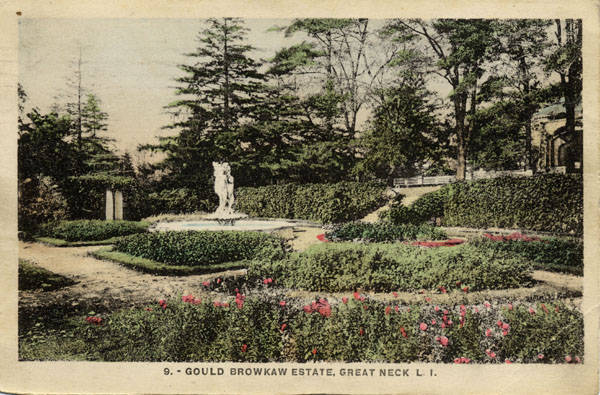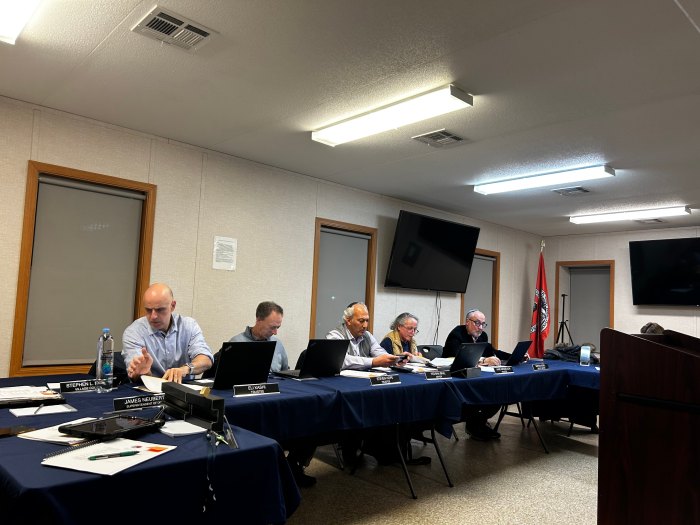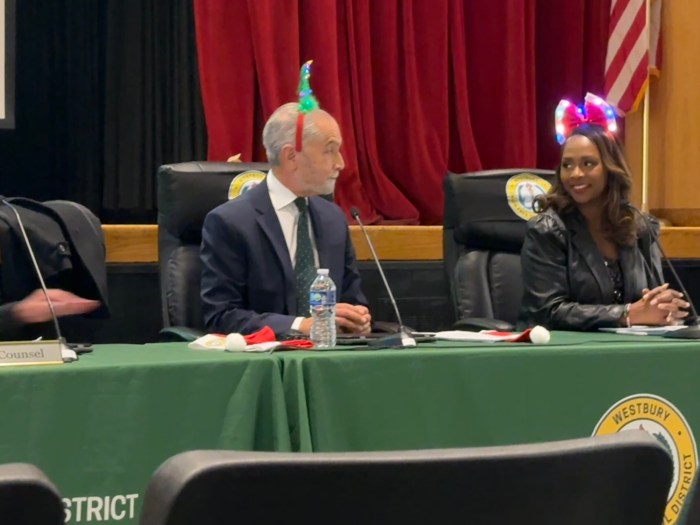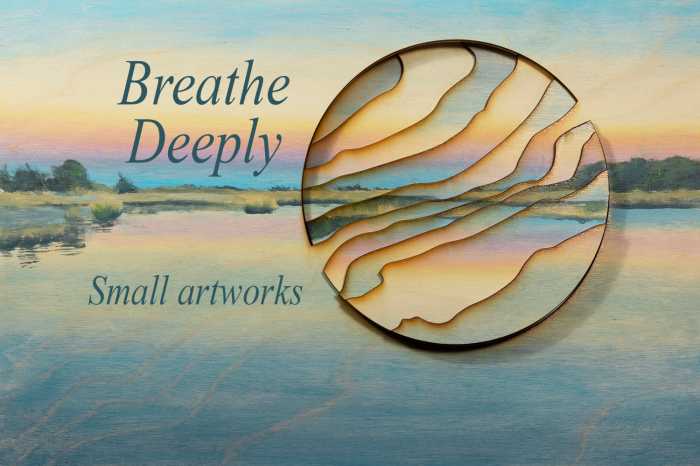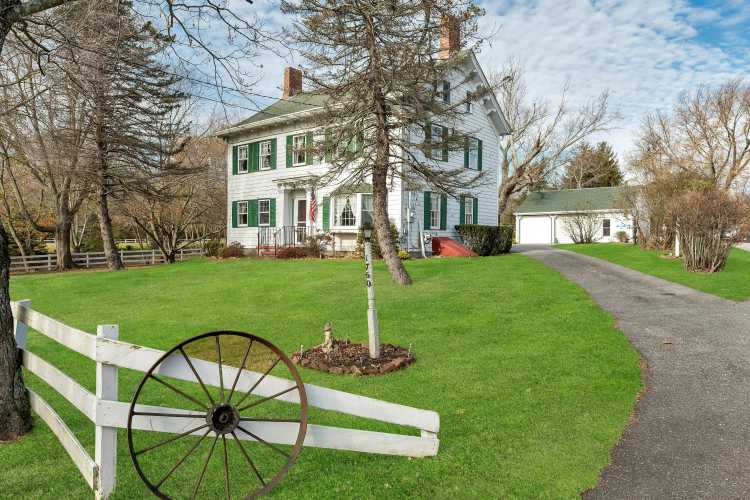Once one of the most lavish private properties on Long Island’s North Shore, the Brokaw estate—known as “Nirvana”—entered a period of transformation in 1925, marking a turning point not only for the estate itself but for the Great Neck community around it.
Owned by millionaire sportsman and socialite William Gould Brokaw, Nirvana occupied more than 100 acres of prime land in the heart of Great Neck.
At its peak, the estate featured sprawling formal gardens, stables and even a private racetrack. A noted figure in Gilded Age society, Brokaw was known for his passion for horse racing, automobiles, and high fashion.
Nirvana was both a symbol of his wealth and a physical embodiment of the Gold Coast era, when affluent New Yorkers built grand estates on Long Island’s shoreline.
But by 1925, that chapter was beginning to close.
With Long Island transitioning into a commuter-friendly suburb, Brokaw began to sell off sections of the estate. That year, a significant portion of his land was purchased by the Great Neck Park District.
The acquisition allowed the district to expand public access to green space in the rapidly developing village, including what would soon become the Village Green, a community park and focal point for local events.
The sale of Nirvana land marked a cultural and economic shift in Great Neck. Where once only the wealthy elite could enjoy the manicured lawns and wooded drives of estates like Brokaw’s, now everyday residents would gather for concerts, community celebrations and recreation.
It was a clear signal that the exclusivity of the Gilded Age was giving way to a more democratic, suburban landscape.
“The people of Great Neck are deeply fortunate to reclaim this land for public use…the old estates must give way to the new village,” read an editorial in the “Great Neck News.”
Nirvana had long been a local landmark. Historical maps from the early 1920s show a half-mile horse racing track within the property boundaries and the estate’s gardens were said to rival those of European manors.
Brokaw himself was a flamboyant figure, often seen parading his fine horses through the village or arriving at social events in custom-designed automobiles. But as Brokaw aged and his lifestyle quieted, his estate began to seem like a relic of a bygone era.
The sale of the land also aligned with a broader push by local leaders to improve civic amenities. With the population of Great Neck swelling due to new rail infrastructure and affordable housing, there was a growing demand for parks, schools and shared public spaces.
The newly acquired land from Brokaw helped meet those needs and paved the way for the expansion of public services.
Some community members lamented the end of an era.
Despite the nostalgia, most recognized that change was necessary. The park district moved quickly to develop the land, planting trees, laying walking paths and setting the stage for what would become one of Great Neck’s most enduring public spaces.
While Brokaw’s name may have faded from popular memory, the land that once comprised his beloved estate continues to serve the community nearly a century later. What was once a private paradise for one man became a shared sanctuary for thousands.
In 1925, Nirvana was no longer just the name of a private estate—it became a metaphor for a new kind of American dream: one rooted not in isolation and exclusivity, but in community, accessibility and the changing face of suburban life.




